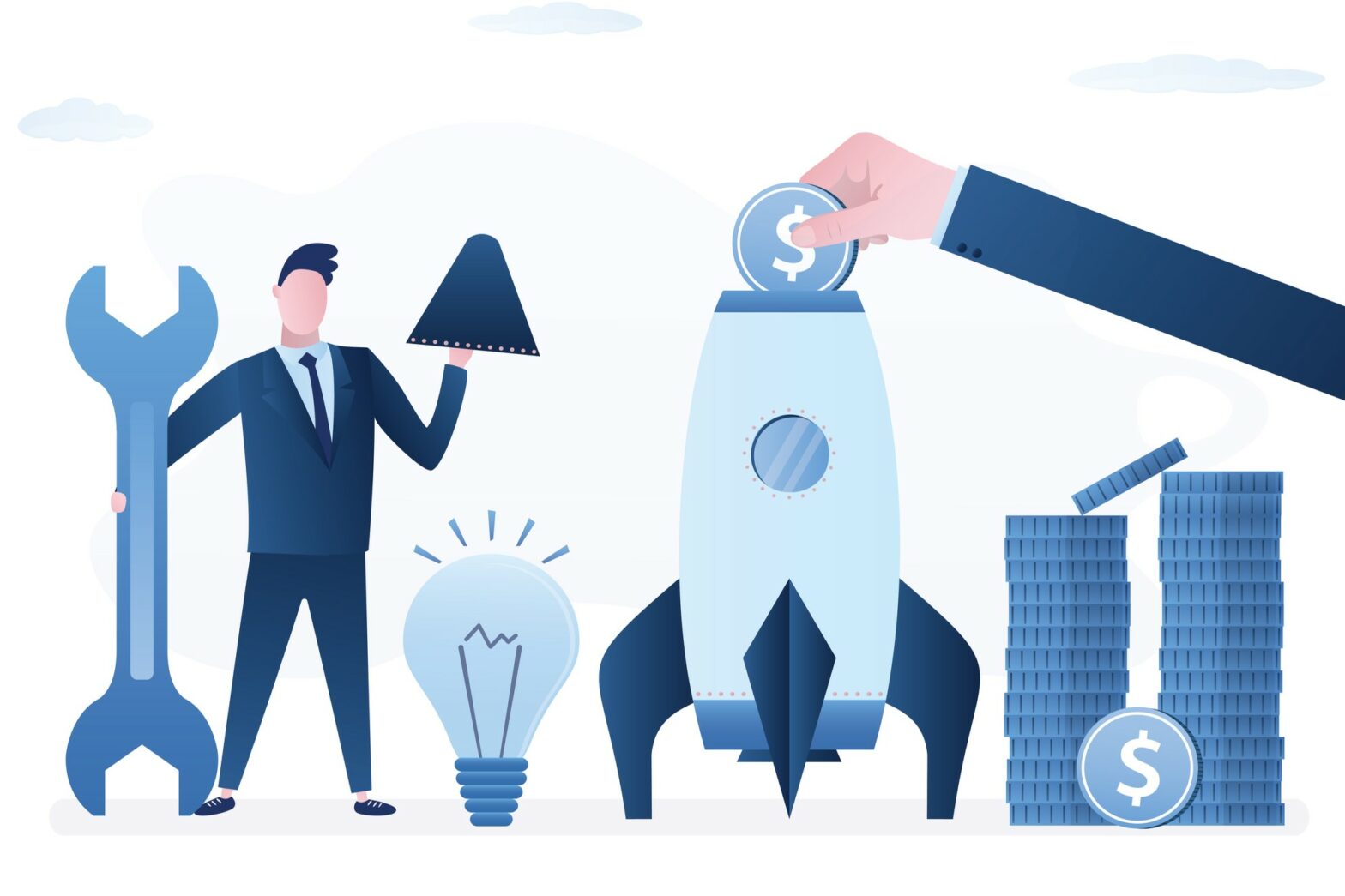There is a lot of information out there on how to scale a small business. A lot of it focuses on internal management. Jim Collins’ seminal book Good to Great, or the blog of former Loudcloud and Netscape CEO Ben Horowitz, are two very different, and excellent, examples. The common theme is consciousness – leadership teams in great (as opposed to good) organisations are aware of the impact of the organisational design and personnel choices they are making all the time.
I’d like to look at the external factors. These boil down to a set of carefully crafted, interconnected relationships, namely those between product, marketing, sales, customer satisfaction, and repeat business. This article is a whistle stop tour of what I think should be at front of mind for entrepreneurs looking to improve the chances of scaling your business. It is based on my experience as a venture capitalist, observing, funding and developing some great technology-driven businesses (and a few failures too).
1. Start with a product that solves a clearly understood problem
Talk to a meaningful cross-section of potential customers before, during, and after every product development. Ensure the areas of clearest need are the ones that your product really addresses. Prioritise development according to how many – and which –customers need the product and are willing to pay, and by your ability to deliver the product or enhancements they’ve identified. Cross check against your competition – can you articulate genuine differentiation that an identifiable segment of the market values? Is that customer segment big enough to form a stable basis for sustained growth for your company? This product marketing discipline is an art. It sits at the core of every successful innovation-driven business and without it engineering resources are wasted and sales efforts fail. The Foundry is one of the most successful European companies I have seen in this difficult area. It is no coincidence that its already rapid growth is accelerating, and that it is now dominating its market of image processing software for the post-production industry.
2. Communicate the product proposition clearly and consistently
Communication that is complex or inauthentic kills sales. If your sales team doesn’t fully understand what you sell, or can’t articulate it, you are doomed. And if your communication message doesn’t demonstrate of a genuine competitive edge, even the best sales team will have trouble. Zong, the leader in mobile payments for digital content, says it offers “a better, faster way to buy” digital goods using “your mobile number” which “you know by heart.” Simple.
3. Make it easy to sell
Let’s look at, for example, web services or products, though the principle applies across all sectors. Freemium software vendors or online social games businesses, like AVG, Prevx or Zynga, give free access to product and then sell enhanced feature sets to a subset of users. These are aggressive examples. If your product doesn’t lend itself to that level of frictionless distribution, the freemium model may inspire you to think about how to remove barriers to selling. To help you relate theory to practice, here’s a simple exercise. Measure the time and resource required for each stage of your business’ sales cycle – or website navigation. Ask yourself: what can you do to make each stage faster or more effective? If sales cycles are long, or website users fail to convert to paying users, how can you shorten your sales cycles or conversion rates? What other tools, support and product design would help? (I won’t address sales force design and incentives here – it’s too big a topic.)
4. Make implementation simple
Four year projects to “roll out” an ERP (enterprise resource planning) or CRM (customer relationship management) system are no longer acceptable. Have your product engineered from the start to be easy to implement and manage. Measure implementation times, customer queries and time to query resolution for each customer. Work to bring those numbers down.
5. Drive adoption or usage as widely or deeply as possible
Companies that sold shelfware – software licenses that were never used – failed. The software-as-a-service (“SaaS”) model is bringing the software industry into the customer-centric era. Vendors measure user penetration and usage all the time and the best ones have made it very easy for end customers to learn how to use their products or services. Of course, usability is a critical driver of adoption. Using the internet has made everyone expect products to be easy on the eye and easy to use. I have been struck by how new-generation competitors in markets previously dominated by abstruse, arcane products are winning share by making their products easy to use. Talend, the open source data integration software vendor, is a great example.
6. Ensure customers recognise early that they are getting value
For example, Fizzback’s software helps its customers – blue chip companies like Tesco, O2, Carphone Warehouse and T-Mobile – gather and interpret huge volumes of customer feedback in real time. Retail brands use this feedback to measure and improve customer service and retention; the brands automate mystery shopping and surveys with better, faster, cheaper services based on more data; and they manage their call centres to drive quality – they do all of this in real time. It takes weeks not years for these processes to be Fizzbacked – so it is incredibly easy to start deriving value. This rapid time to value makes Fizzback customers happy fast.
7. Understand your customer
Help them see where they can use your products more. Upsell (selling more to existing customers) is a lot easier (and more profitable) than acquiring new customers. Upselling is the heart of the business model used to great effect by Qliktech, one of the best IPO stories this year. OpenCloud’s application server customers typically double their deployment size within a year. Farfetch.com‘s access to the best sources of fashion merchandise drives tremendous repeat purchase patterns with high basket values. All have accelerating, profitable growth.
The smartest entrepreneurs learn fast. Measure as much as you can; study the best practices of successful companies like the ones mentioned here; be hungry for market feedback and act on it decisively.
Mike Chalfen is a general partner of Advent Venture Partners, one of Europe’s longest established venture and growth capital firms, investing in technology and life sciences businesses.






